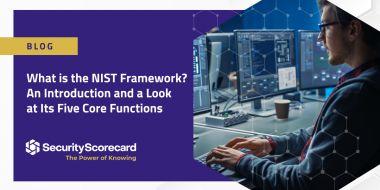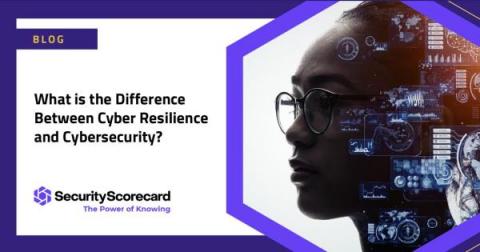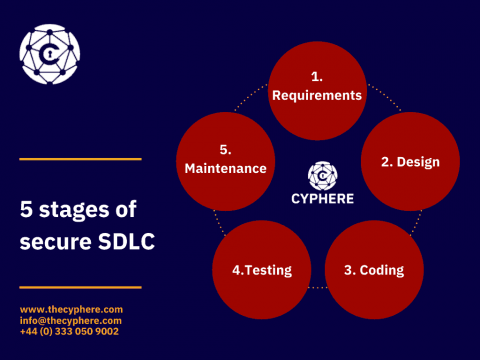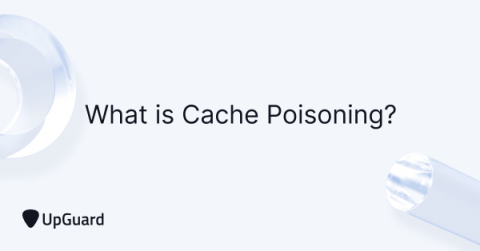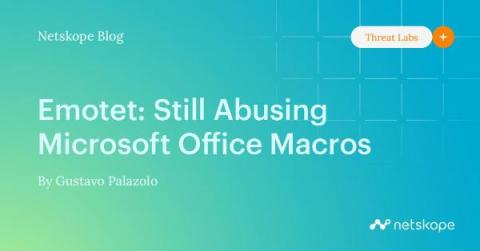What is the NIST Framework? An Introduction and a Look at Its Five Core Functions
The National Institute of Standards and Technology is an agency within the U.S. Department of Justice. It was founded in 1901 to support science and technological development. For decades, it has provided guidance on computer security. In 2014, in cooperation with public and private sector experts, the NIST released its cybersecurity framework. The framework combines best practices and industry standards to help organizations deal with cybersecurity risks.


